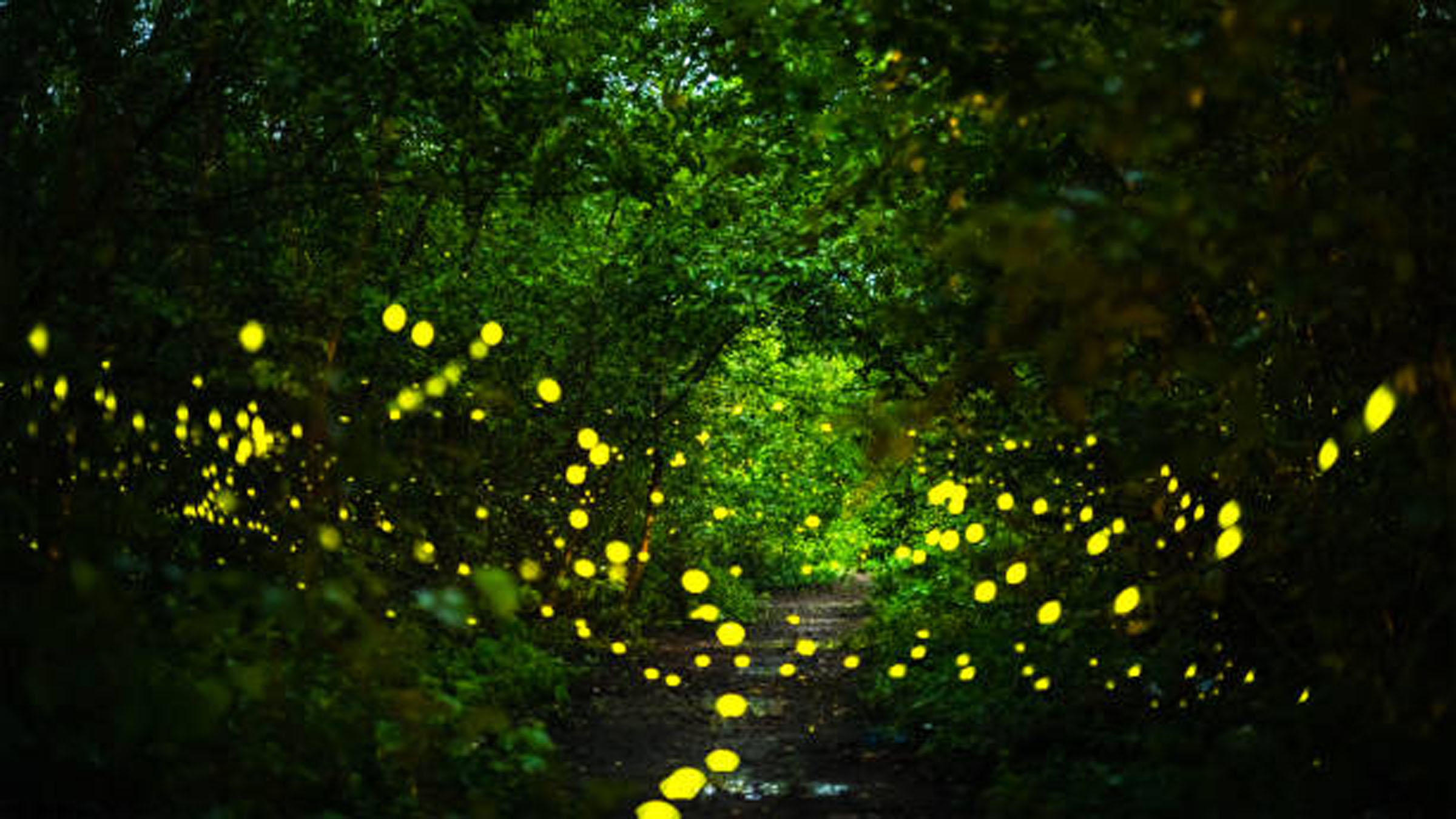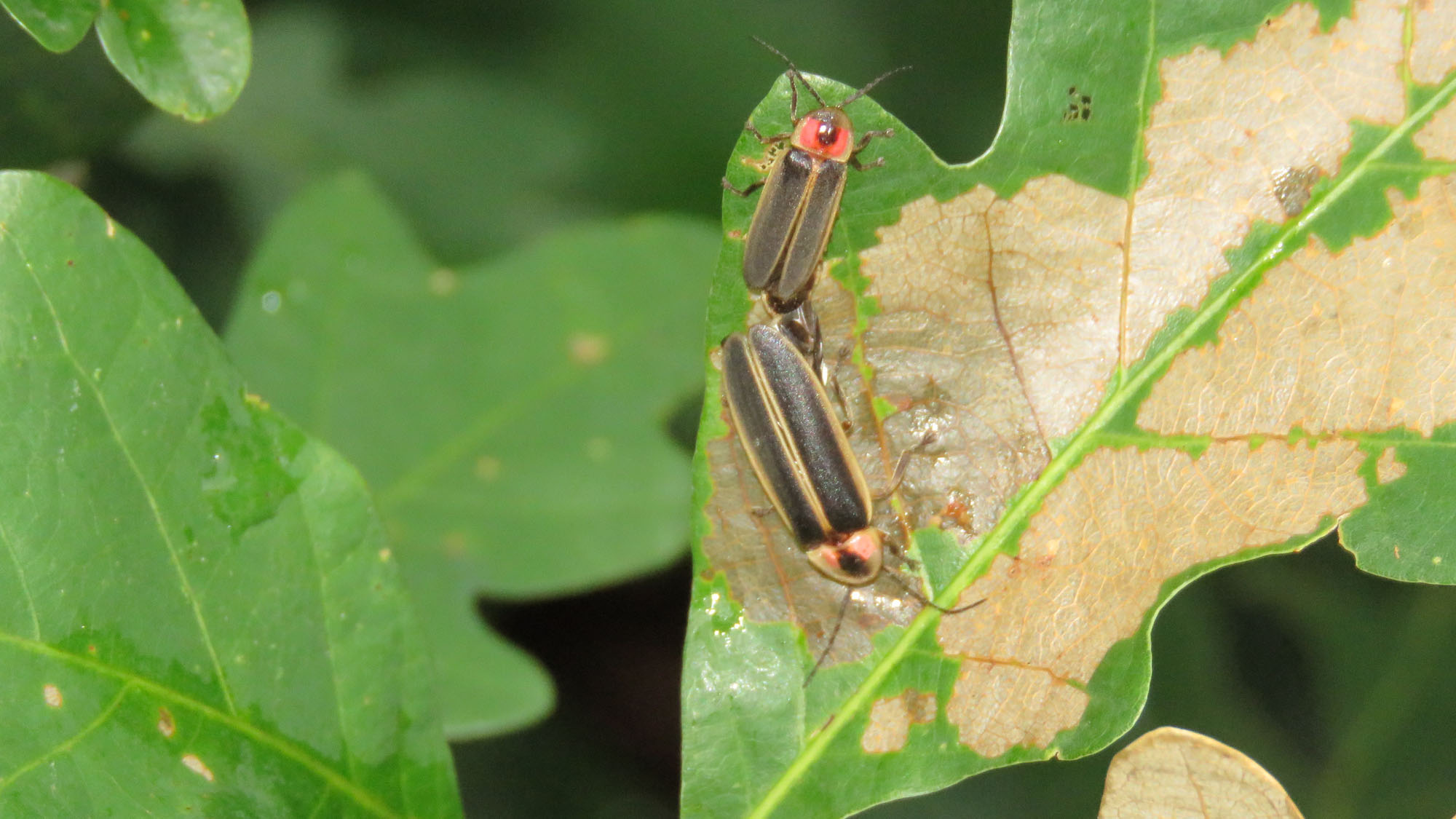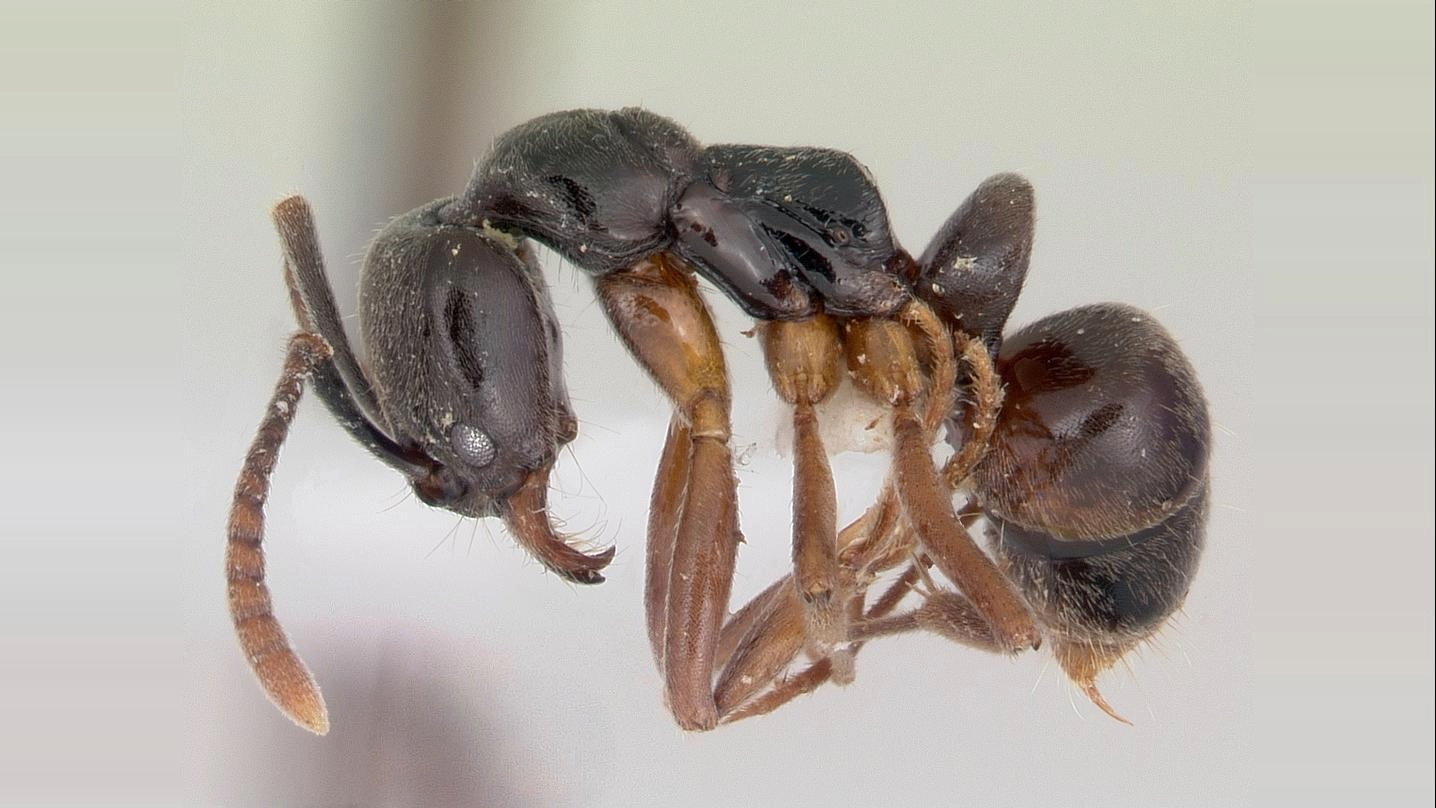One of the more magical moments of summer each year is the first firefly sighting (or “lightning bug,” depending on where you’re from). These bioluminescent beetles — yep, they’re actually beetles — weave sequins through the night sky. They transform sultry summer evenings into radiant affairs while delighting our collective inner-child.
Whether you keep watch for the little luminaries, or that first flash catches you by surprise, fireflies are a beloved symbol of summer. And thankfully, they’re abundant in North Carolina.
Fireflies are found across North Carolina, with 30 to 40 species (and counting) identified in the state
If you’re like us, their mysterious glow has mesmerized you since childhood. Homegrown sat down with Clyde Sorenson — NC State’s resident firefly expert and a luminary in his own right — to help shed light on the subject in this edition of Homegrown.
Firefly vs. Lightning Bug: Which Do You Say?

Katz’ data (collected 11 years after the Harvard study) suggests firefly is becoming more popular, while fewer folks outside Appalachia and the Heartland use lightning bug exclusively. View the original data as an interactive map for comparison.
Illuminating Insects
Bioluminescence, or the ability of a living organism to produce light, is both breathtaking and rare. Fireflies’ trademark flashing light is a well-known example of bioluminescence. It is generated through a chemical reaction in special organs in their abdomens.
Chemicals, enzymes, oxygen and energy-transporting molecules within cells all coalesce to create light. Fireflies control their flashing by regulating the oxygen level in their light-producing organs.
Sending Mixed Signals
Why do fireflies glow? As it turns out, their nightly light show is a bit of a turn-on. Flashing (not that kind) is a firefly’s way of signaling mates. Each firefly species has its own signaling system.
Typically, males fly around flashing their signal while females watch and wait from the ground or in vegetation. When a female spots a male making her species’ signal — and doing it well — she flashes back. Then begins a delicate, neon-draped dance of sorts. The two exchange light signals until the male flies down and, if all goes to plan, they mate.
While fireflies’ bioluminescence is primarily related to reproduction, their light may also serve as self-defense. According to a study in Science Advances, the flashing light serves as a warning to predators that these bugs will leave a bad taste in their mouths.
Perhaps more surprising, not all fireflies produce light. Several day-flying species rely on the scent of pheromones to find mates.
Handle with Care
While the full life cycle of a firefly from egg to adult is about a year, fireflies only live for two to three weeks as the adults we recognize (and they don’t eat during this time). Despite their short lifespans, fireflies play an important role in the ecosystem and spark a love for science in young minds.
I think it’s really important for people to experience fireflies. Every kid should catch a firefly once in a while.
That said, “bear in mind that they are little animals that lead dangerous lives, and we want to try and do everything we can to avoid harming them,” Sorenson says. So be sure to enjoy your firefly experience, but tread carefully when taking in nature’s amazing fireworks display.
A New Way to Catch Fireflies
Speaking of which, you can actually encourage fireflies to come to you with this neat trick. All you need is a small pen flashlight, or penlight, and a little patience!
- Identify a specific male firefly (one that’s flying around and flashing nearby)
- As soon as he flashes, wait 2 sec. and then flash your penlight in his direction (just a quick half-second flash)
- Let him flash again, then wait 2 more sec. and flash your penlight (again just a quick half-second flash)
- Repeat this call-and-response process another time or two as needed, and the male firefly will come to you in short order!
Synchronized Glowing
For those of us in or around North Carolina, a short trip beyond the backyard can yield a spectacular one-of-a-kind experience. North Carolina is one of the few places in the world to see synchronous fireflies, like Photinus carolinus. Learn more about synchronous fireflies and how to experience their symphony of light.
- Categories:




